Just outside of Sucre, Bolivia lies the largest collection of dinosaur footprints in the world. Over 10,000 dinosaur tracks have been found in one location, the Cal Orcko site. These prints include a 347-meter trail left by a baby T-Rex to whom they have posthumously awarded the moniker “Johnny Walker.”
While we were in Torotoro, Bolivia, we walked among the fossilized footprints of dinosaurs. The footprints were few and far between, and their pattern left us wondering where they were going or if anything was chasing them. Would they have eaten me if we crossed paths? In contrast, Cal Orcko is a dinosaur highway. Big and small dinosaur prints headed in all directions, crossing paths.

TOROTORO TO SUCRE
While Torotoro is only 75 miles from Sucre as the crow flies, it takes over 13 hours by bus to go from one to the other. Thirteen hours if there are no landslides, flat tires, protests, or other mishaps along the way.
After our week in Torotoro, we took an early morning van back to Cochabamba, a five-hour ride. We picked a sunny day to reduce the risk of landslides. This would give us plenty of time to catch the night bus in the evening to Sucre.

COCHABAMBA’S INSANE BUS STATION
Cochabamba has the most insane bus terminal we have been through so far. The chaos seems to go non-stop day and night. The noise level makes normal conversation impossible. The bus company workers bark out destinations, trying to get travelers to choose them. It is very competitive, with at least five companies plying the same routes, they can sometimes get aggressive. Meanwhile, food vendors contribute to the cacophony by yelling out what they are selling, chirimoya, chicles, gaseosa!
With still about forty minutes before boarding time, we sat watching the tapestry unfold before us. The noise became an indistinguishable wall of sound that put me in a trance. The bodies walking by melded into a hazy conga line of zombies as I succumbed to the lure of losing myself in the privacy of my own thoughts.

“Cargador?” I heard him say, pulling me out of my reverie. It was a guy who had stopped in front of me, showing me a portable phone charger.
“No, gracias,” I said shaking my head. He walked away. The charger had no packaging and looked slightly used. I wonder if he just nabbed it off someone else.
Our bus was scheduled to leave Cochabamba at 8 PM. We pushed our way through the crowd at around 7:45 to stand out by the bay where our bus was supposed to park. We stood there as hordes of people pushed by going all directions. Porters loaded large bags of coca leaves onto one of the buses. A couple sat near us making out, making ooh and aww noises. Eight PM came and went.
SITTING ON COLD CONCRETE
We figured our bus was stuck in the traffic jam that seemed typical in this terminal. When we arrived in Cochabamba from La Paz (check out the city in the sky and its Dark Secrets for more on La Paz) the bus stopped a few blocks short of arriving at the terminal. The driver’s assistant instructed the remaining passengers to get out and walk the rest of the way to the terminal as it would probably take hours for the growing line of buses to get to the station.
Our bus was still nowhere in sight. Finally, we sat down on the concrete next to the tiny office where one woman kept stopping to ask when the bus was going to arrive. No one else seemed really bothered by the delay. Normal life.
Our bus finally showed up at 10:30 PM, two and a half hours late. We loaded our packs on board with us and settled in for the long night ride. Our packs just barely fit in the bin over our heads. We used a padlock to secure them to the overhead beam. No one would be able to take them without a major struggle.
I slept well for a few hours waking occasionally to peer down a moonlit cliff that we followed winding up and down switchbacks on the mountain roads. The driver seemed to be taking them at a reasonable speed, something we heard may not happen here in Bolivia. So far our bus rides have been pretty decent.
BIG BANG FURY
At 2 AM we passed by a tiny village. Just outside the village a group of men stood by the roadside and waved us down. The driver pulled over. Something was exchanged and something was taken from the cargo carrier below. We always have our backpacks in view so we don’t need to worry about shady deals in the middle of the night.
A few miles later a loud bang woke me up.
“Goma!” yelled a man behind us, correctly diagnosing the source of the noise. We had a tire blowout.
The bus came to a halt. The driver and some of the male passengers alighted and stood just outside my window looking at the back tire just beneath my seat. They pulled the spare from the back and 45 minutes later we were on the road again.
Signs for Sucre began to appear as the dawn was beginning to light up the morning sky.
Bang! Another one? The bus slowed down but continued down the road. Bang, went another one. Two more tires had blown but there were no more spares. We continued the drive into Sucre as the tell-tale flap-flapping sound of the shredded tires provided accompaniment to the noisy engine. This did not seem to bother anybody. Trin and I looked at each other and laughed shaking our heads. Soon enough we reached the terminal. All was well. We unlocked our bags and departed from the bus into a cold rain.
SWEET SUCRE
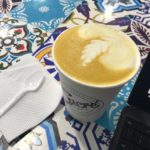
Our Airbnb was only a few blocks from the terminal so we stopped at a tiny stand for breakfast and then made our way to the Airbnb to take a nap. I usually sleep fairly well on the overnight buses but a nap always seems to be in order once we arrive at our destination.
Here in Sucre, we planned to sit back a bit while Trin’s foot heals from our cave exploration in Torotoro. I’ve been doing the market runs and splurging in coffee shops.
I’ve spent entire afternoons with a cappuccino in the back corner of coffee shops just writing until the battery on my laptop dies. It has been sweet to disappear into the words. Writing this book is walking me back over the footprints in my life. I emerge each day feeling spent yet at peace.
DINOSAUR FOOTPRINTS AT CAL ORCKO
We have taken a few excursions. One was to Parque Cretacico, a park just outside of Sucre. This is where visitors can view Cal Orcko which is Quechua for Wall of Cal (it’s not the name of Khal Drogo’s nemesis). Much of Bolivia used to be the bottom of an ocean. It blows my mind to think that so much of Bolivia is now 8,000 to 15,000 feet above sea level when once fish were swimming above it.
The Cal Orcko site was evidently a popular byway for dinosaurs, perhaps it was their Plaza de Armas. There are dinosaur footprints covering the site, over 10,000 of them. As the geological plates shifted, the mud plain that was once underwater was thrust almost straight up into the air.
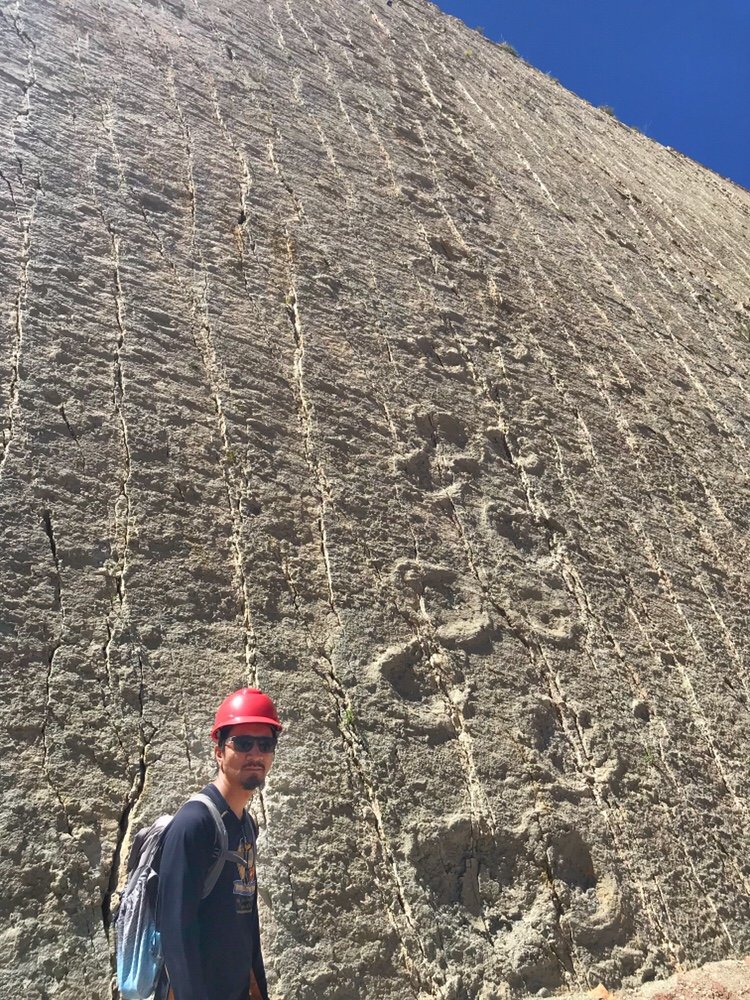
We walked beside the wall that stood at an angle of 73 degrees, staring at massive dinosaur prints. Our eyes followed their path 260 feet straight up. It is a spectacular sight.
Some prints go in straight lines. Some dinosaurs walked alone, others ran. Another set appears to be two adult dinosaurs with a small one in between them. In many places, the paths cross. I wonder if they met along the way or were days apart.
DINOSAUR FOOTPRINTS ON THE RUN
Every time I view fossils and preserved tracks of ancient creatures, I always wonder what was happening at that time. Were they on a leisurely walk or running from something? Was something chasing the dinosaur or was he giving chase? Were they almost extinct when they made the tracks?
I asked our guide. He said that many of the tracks here on these massive slabs were of dinosaurs running. They can tell by the distance between and the depth of the footprints. We may know they were running but were they running from something? Were they galloping out of joy? Or maybe they had a Fitbit contest going on, trying to stave off extinction? Unlike fossils, preserved footprints give us clues as to what the creatures were doing at the time the imprint was made.
Despite the preponderance of dinosaur footprints here, there haven’t been any fossils found at this site. Not surprising as the conditions required to preserve a body or bones is different than the conditions needed to preserve a footprint.
Our guide told us about evidence of one specific type of dinosaur discovered in Bolivia. However, according to evolutionary theory, that type of dinosaur did not roam South America. So they have changed their assumption that the bones actually belonged to that type of dinosaur. I found this curious. Shouldn’t theories be changed to fit the facts, not the other way around?
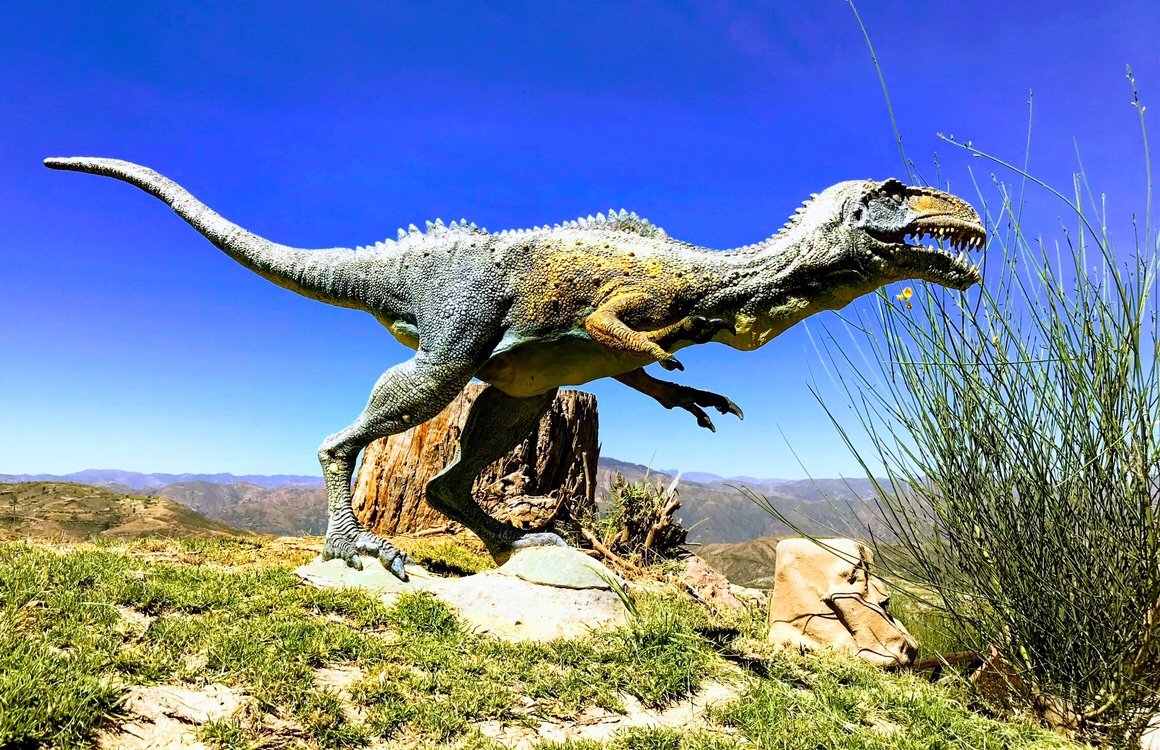
EXTINCTION OF THE DINOSAUR FOOTPRINTS
The first dinosaur footprints in Cal Orcko were uncovered in the 1990s. The Fancesa Concrete Company was mining the area when they discovered the prints. They have since stopped mining that specific area, but gravity, rain, and earthquakes still take a toll on the uncovered slab of limestone.
In 2010, a large slab containing footprints fell off the wall. Bolivia has applied to have this area designated as a UNESCO world heritage site. This would give them funding to preserve the wall as is. UNESCO has not approved the request yet. It is estimated that the wall could be completely eroded by 2020 if not protected. Get here before it is gone!
PRESERVATION OF DINOSAUR FOOTPRINTS & FOSSILS
The preservation of footprints and the preservation of biological tissues which form fossils both require certain conditions. We all know that the elements will quickly erode the footprints left in normal mud or sand. Organic matter decomposes quickly. Something needs to occur that preserves them, something must happen fairly quickly to at least preserve the impression or organic substance to keep it from eroding or decomposing. Time may cause the preservation to eventually become stone, but the initial preservation needs to happen quickly.
Maybe it was a volcano, the ash filling in the prints preserving them till time could harden the mold. Or, perhaps major flooding created the clay in the first place. The dinosaurs crossed the new soft clay very soon after the flood waters receded. The mud then quickly dried to clay.

Organic matter may have settled into the oxygen-deprived depth of the oceans and preserved the organic matter from decomposition. Or perhaps a massive flood quickly buried newly deceased animals causing the same phenomenon.
TRUTH ABOUT DINOSAUR FOOTPRINTS
The fact is that none of us were there to observe it so the questions will continue. The wonder of nature is an amazing system to study.
Whether true or false, others must judge; for the firmest conviction of the truth of a doctrine by its author, seems, alas, not to be the slightest guarantee of truth. — Charles Darwin
Dramatic landscapes have always fascinated me. The details of every organism leave me in wonder. They are so beautiful, so complex, and the whole of nature so co-dependent on the entire system. One extinction impacts all other life.
If it could be demonstrated that any complex organ existed which could not possibly have been formed by numerous, successive slight modifications, my theory would absolutely break down… About weak points [of the Origin] I agree. The eye, to this day, gives me a cold shudder…—Charles Darwin
On that point, none of us can argue. Darwin has a point – the eye is an amazing organism. Indeed all life is still beyond our full understanding.
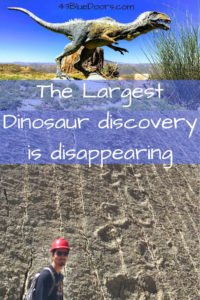
Question everything, and learn something new every day, it may open another door of opportunity.
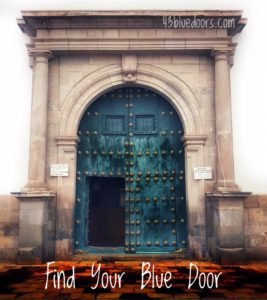

You are experiencing so many new things on your adventures through Central and South America. Hope you are able to eventually get this all in a book. Let me know when you do. Love you
The book will take awhile. We are still having fun so we plan to keep trekking. Glad you are enjoying our stories
This is so neat! I’m going to add this place to my bucket list.
I hope you make it before they are gone! Bolivia is an interesting country.
Pingback: I Know Dino: The Big Dinosaur Podcast | A site about dinosaurs | I Know Dino Podcast Show Notes: Microceratus (Episode 179)
Pingback: I Know Dino: The Big Dinosaur Podcast | A site about dinosaurs | This Week in Dinosaur News: a tyrannosaur foot got chewed on by a T. rex, another new dinosaur from China, and more